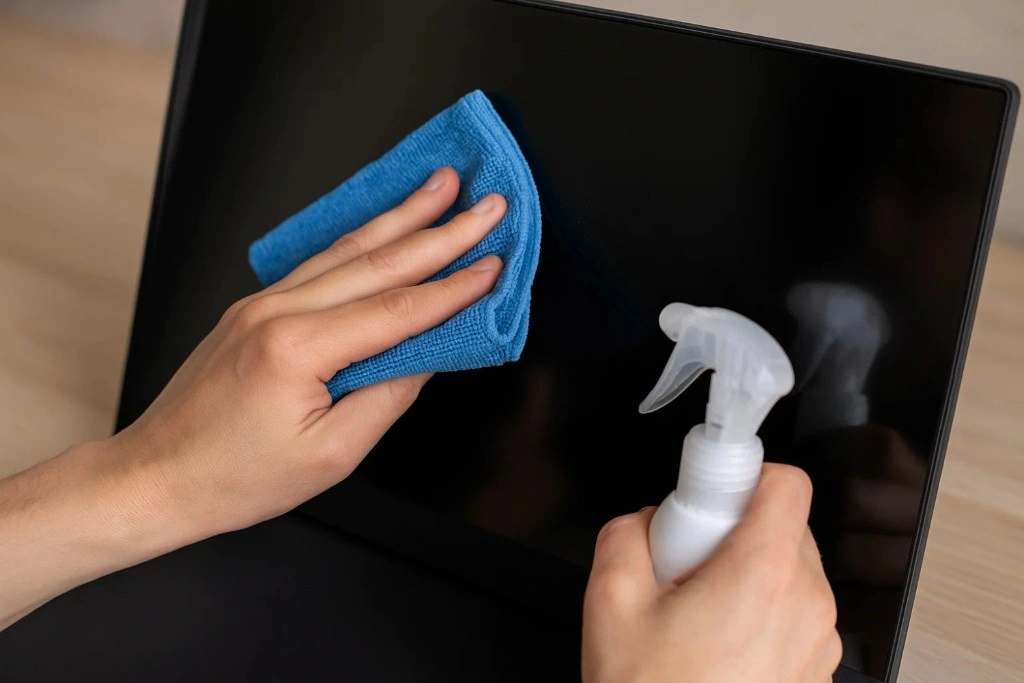Electronic screens are essential to everyday life, whether it’s for work, entertainment, or communication. However, keeping these screens clean can be challenging due to fingerprints, dust, and smudges that quickly accumulate. Improper cleaning methods can lead to scratched surfaces, damaged coatings, or even functional issues.
The key to maintaining clear, functional screens lies in using the right tools and techniques. With the right approach, cleaning can be simple, safe, and effective. This guide highlights easy, proven methods to clean your electronics screens without compromising their longevity or performance, ensuring that your devices remain pristine for longer periods.
1. Turn Off the Device

Turning off your device before cleaning is a simple yet essential step. Powering down reduces the risk of electrical damage and allows you to see fingerprints and dust more clearly. For touchscreens, turning off the device prevents accidental taps on the screen during cleaning.
Additionally, some devices may display a bright screen with images or text that can make it hard to spot smudges. By turning off the device, you avoid these distractions and give yourself a clearer view. This precaution helps prevent unwanted actions or damage, ensuring that your cleaning process is as safe and effective as possible.
2. Use Microfiber Cloths
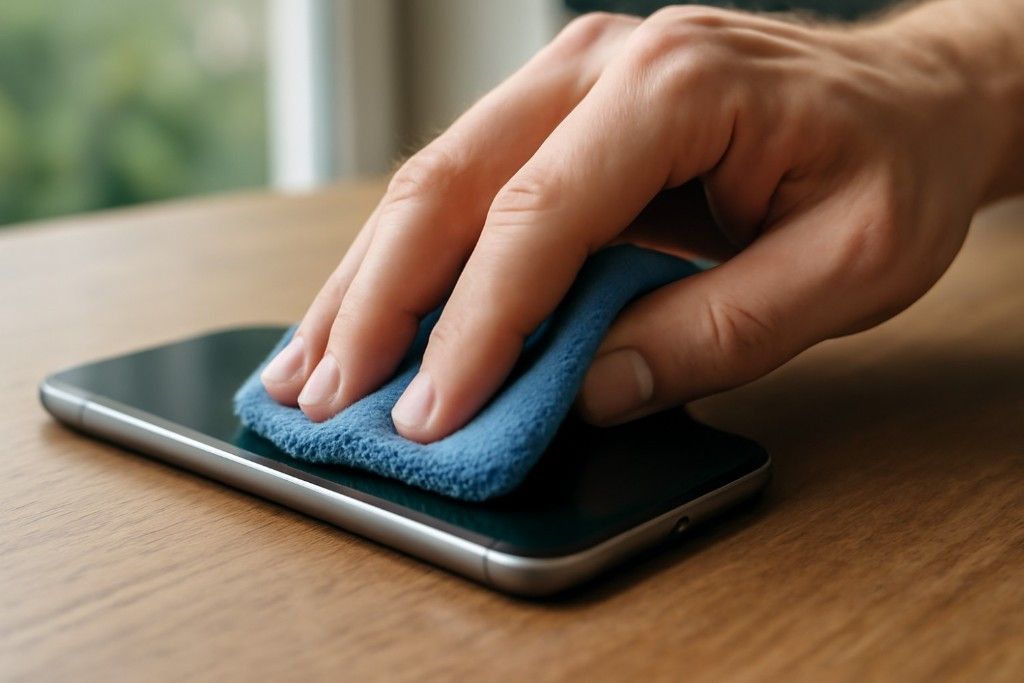
Microfiber cloths are a must-have for cleaning electronics screens. Their soft, lint-free fibers trap dust and oils without scratching the surface, making them ideal for delicate screens. Unlike paper towels or regular fabrics, microfiber cloths are gentle on the screen while providing effective cleaning.
They also don’t leave behind fibers or streaks. To clean, use a clean microfiber cloth and wipe in gentle circular motions. Over time, microfiber cloths become more effective as they accumulate more fibers that lift particles. With regular use, these cloths help preserve the quality of your screen without causing any harm to it.
3. Avoid Harsh Chemicals
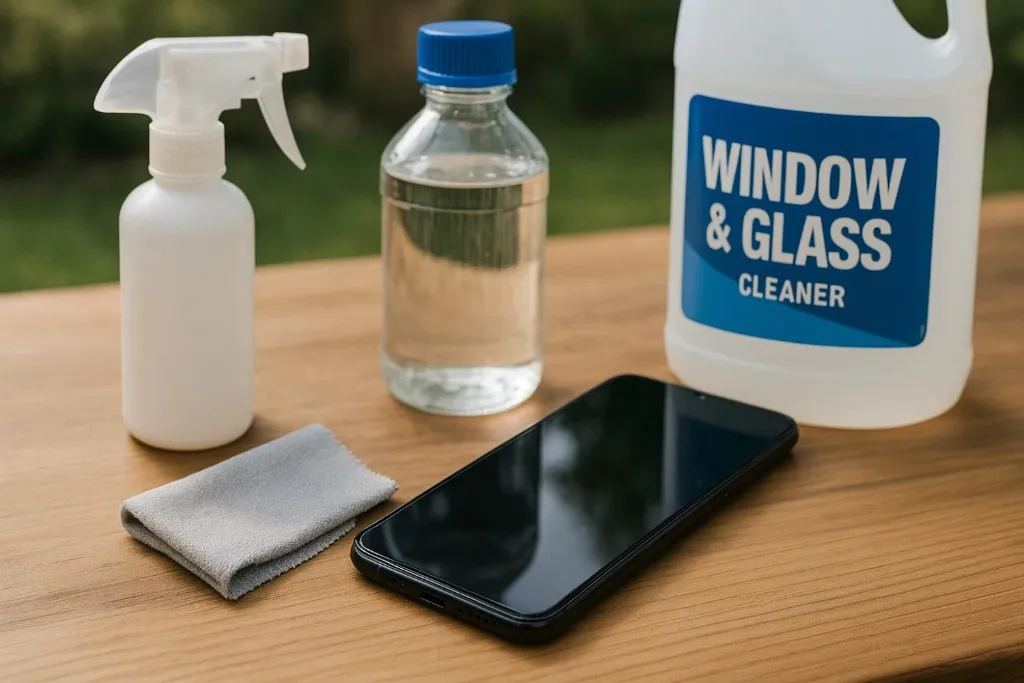
Harsh chemicals, such as ammonia, alcohol, or window cleaners, should be avoided when cleaning electronics screens. These substances can strip away the protective coatings that many devices have, leading to irreversible damage over time. For example, alcohol can dissolve the oleophobic coating on a smartphone screen, which is designed to resist smudges.
Always check the label of any cleaner to ensure it’s safe for electronics. Opting for a gentle, screen-safe cleaner that’s free from harsh chemicals is a safer choice for preserving your device’s appearance and functionality. When in doubt, distilled water with a microfiber cloth is often sufficient for most cleaning tasks.
4. Dampen the Cloth, Not the Screen
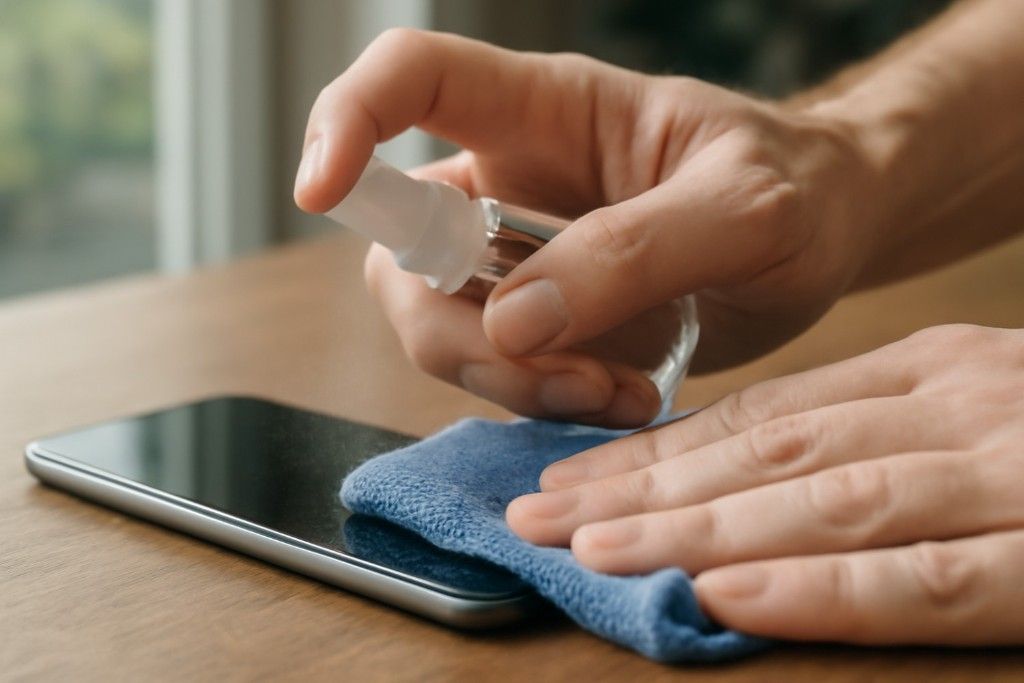
When using a cleaning solution or water, it’s crucial to dampen the cloth, not the screen. Directly spraying liquid onto the screen can lead to excess moisture seeping into the device, which could cause internal damage. It’s always best to lightly mist the microfiber cloth with the solution, making sure it’s not soaked.
This method ensures that the screen gets cleaned effectively without risking moisture damage. Wiping in a circular motion with the damp cloth will gently remove dirt, smudges, and fingerprints. It’s also more controlled, helping you avoid dripping liquid into ports or crevices that could lead to malfunctions.
5. Use Distilled Water

For the safest and most effective cleaning, distilled water is the best choice for wiping down electronics screens. Tap water contains minerals and impurities that can leave streaks or deposits on the screen, potentially damaging the surface over time. Distilled water, being free of minerals, is ideal for cleaning delicate surfaces without leaving behind any residue.
If needed, mix it with a gentle screen-safe cleaner for more stubborn smudges. You can also use it on its own to clean without risking damage. By choosing distilled water, you ensure that your screens remain clear and free of streaks, maintaining their clarity and functionality.
6. Opt for a Screen Cleaner Spray
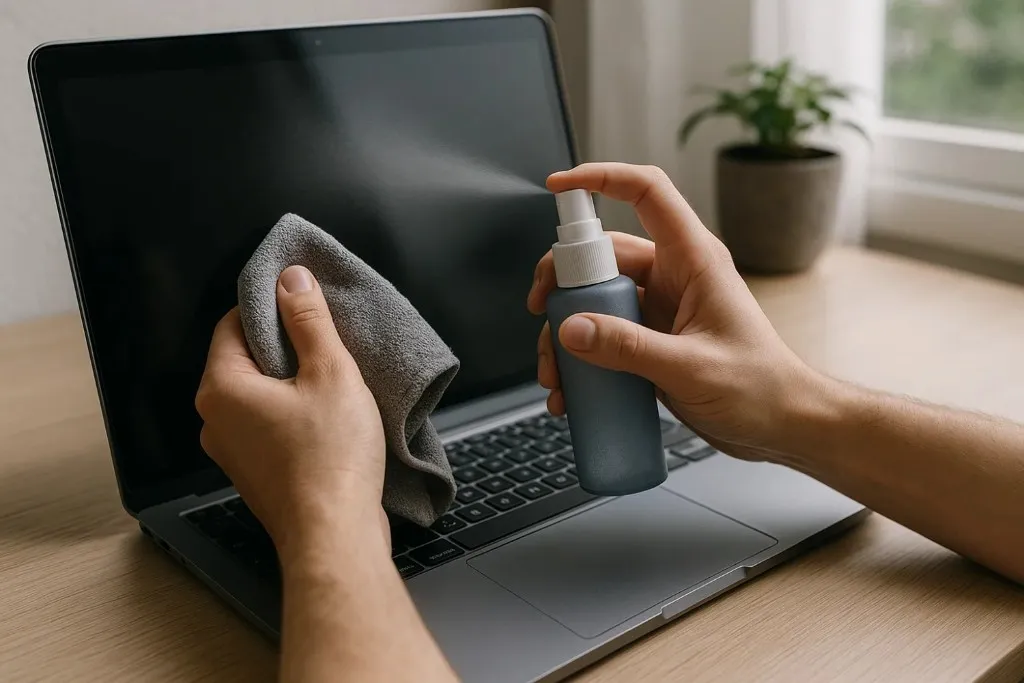
Screen cleaner sprays are specifically designed for cleaning electronic screens without damaging them. These sprays are gentle and often come with anti-static properties that help reduce dust buildup after cleaning. When using a screen cleaner, always spray it directly onto a microfiber cloth, not the screen.
This prevents any excess liquid from seeping into the device and causing damage. The formula is typically safe for use on sensitive coatings, ensuring that your screen’s touch sensitivity and clarity are preserved. For best results, use the spray in combination with a high-quality microfiber cloth, wiping in gentle circular motions.
7. Avoid Abrasive Materials
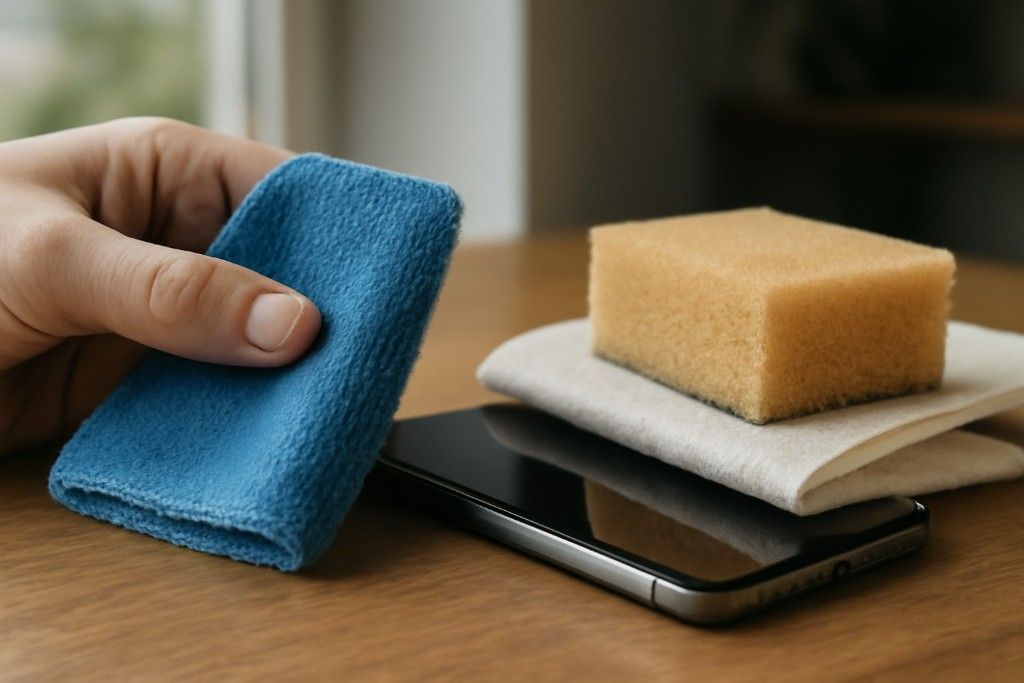
It’s crucial to avoid using abrasive materials, such as rough cloths, sponges, or paper towels, when cleaning electronics screens. These materials can cause scratches or scuff marks on the surface, which may be permanent. Even if you think a cloth is soft enough, it can still cause micro-abrasions over time, compromising the screen’s appearance.
Paper towels, in particular, can leave behind fibers that create more smudges. Instead, always use a soft, lint-free microfiber cloth to ensure a smooth and safe cleaning process. These cloths are specifically designed to trap dirt and oils without causing any harm to the screen.
8. Clean Regularly to Prevent Build-up
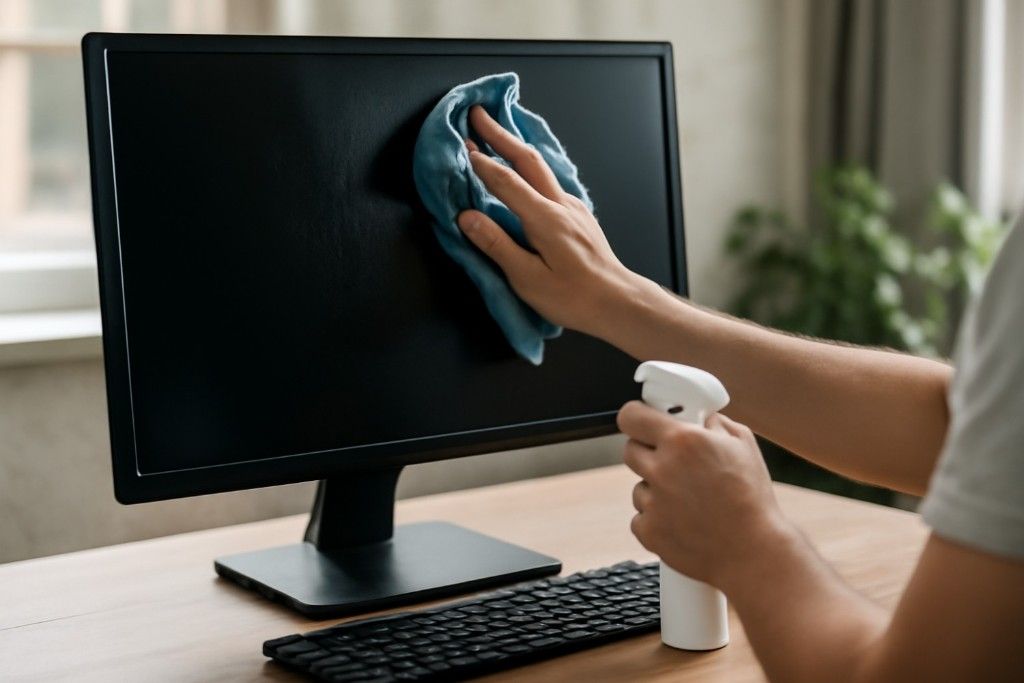
Cleaning your electronics screen regularly helps prevent grime and dust from accumulating, which can make future cleaning more difficult. When dust and fingerprints are left untreated, they can become stubborn and harder to remove. Regular cleaning also helps to maintain the clarity and brightness of your screen, as the build-up of oils can dull the display over time.
Aim to clean your screen at least once a week, or whenever you notice visible smudges or dirt. Establishing a cleaning routine ensures your device stays in top condition, providing a clearer and more enjoyable viewing experience.
9. Focus on the Edges and Corners
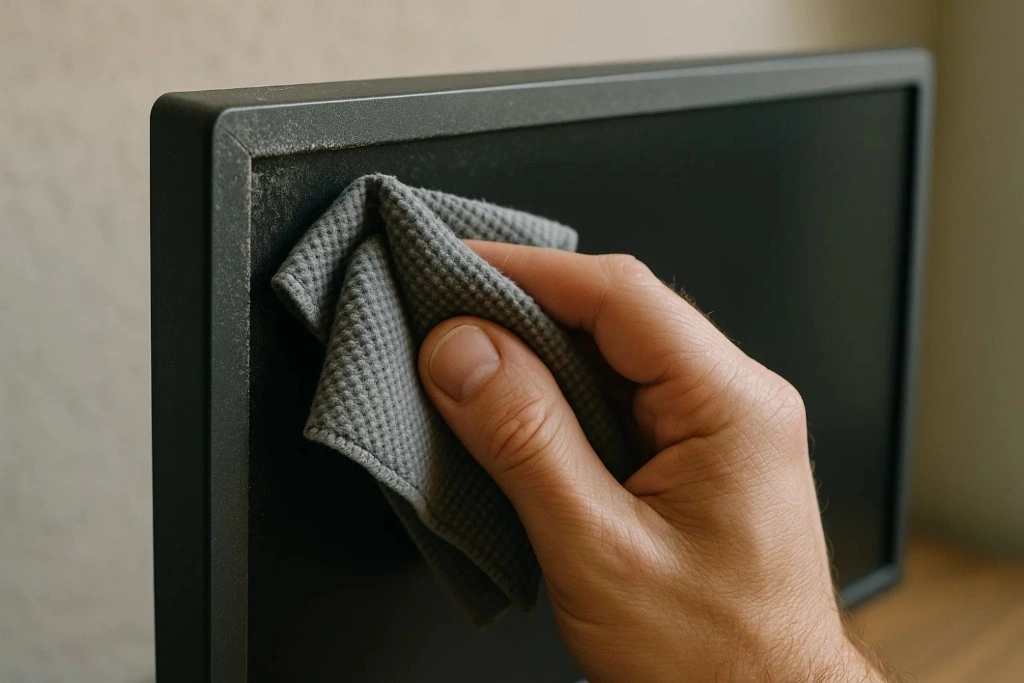
While it’s easy to focus on the center of the screen, the edges and corners often accumulate more dust and grime. These areas are harder to reach, which is why they can be overlooked during cleaning. To keep your screen looking pristine, pay extra attention to the edges and corners where dirt tends to gather.
Use the edge of your microfiber cloth to gently clean these spots, taking care not to press too hard. If you notice any grime in crevices, you can use a small brush or compressed air to dislodge it without damaging your device.
10. Use Screen Protector for Extra Protection

Applying a screen protector adds an extra layer of defense to your electronics screens, making them easier to clean and protecting them from scratches and smudges. Screen protectors act as a barrier between your screen and the outside world, preventing dust and oils from directly touching the glass.
This reduces the frequency of cleaning needed and keeps the screen clearer for longer. Additionally, screen protectors can absorb the impact of minor drops or scratches, helping to preserve the quality of your device. When it’s time to clean, simply wipe the protector as you would the screen itself.
11. Avoid Excessive Pressure
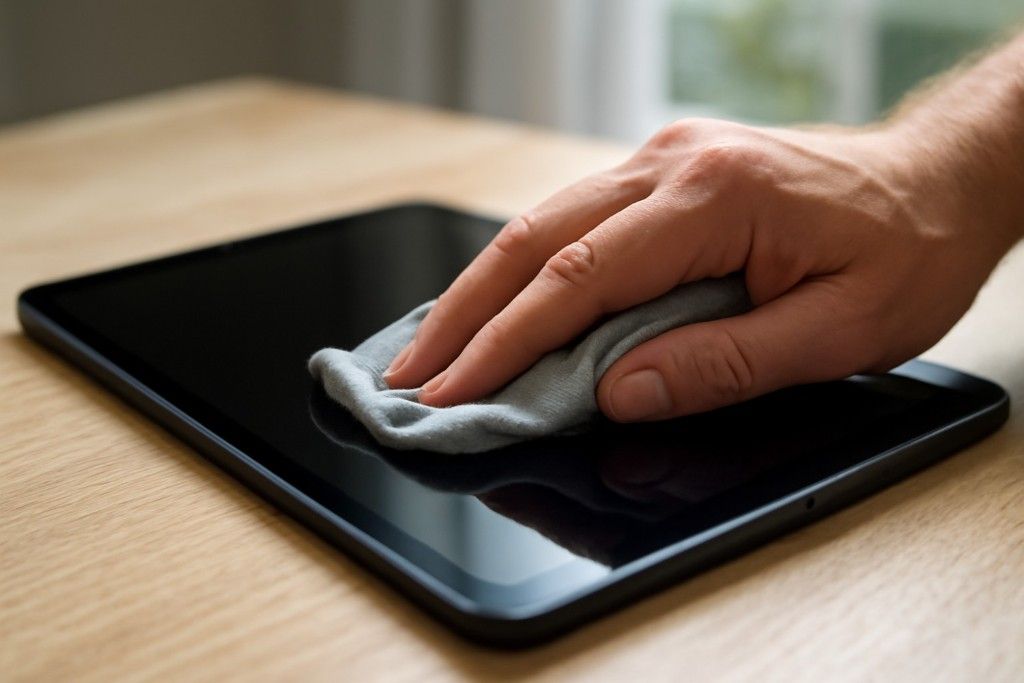
When cleaning your electronics screen, avoid applying excessive pressure, as this can lead to cracks or screen damage. Touchscreen displays are sensitive, and pressing too hard while cleaning can cause permanent harm. The key to effective cleaning is using a light touch, allowing the microfiber cloth to gently remove dirt and oils.
If a smudge or fingerprint is particularly stubborn, instead of pressing down harder, try dampening the cloth slightly with water or a screen cleaner. Using circular motions ensures an even, streak-free clean without exerting unnecessary pressure on the screen.
12. Clean the Frame and Ports
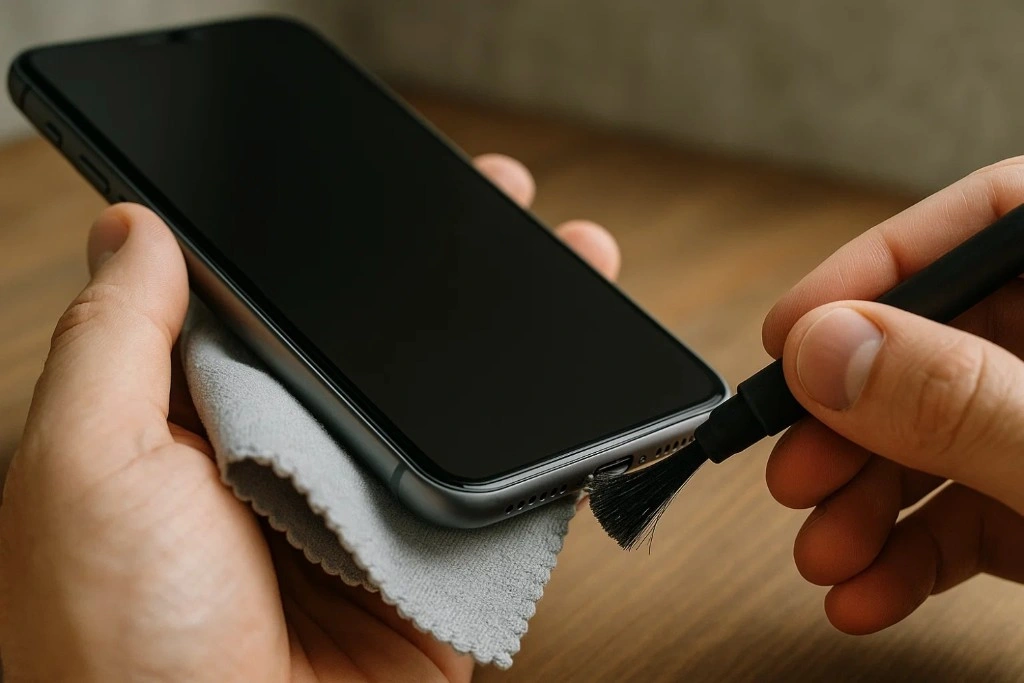
In addition to the screen, it’s important to clean the frame and ports of your device. The frame often collects dust and oils, while the ports can trap dirt and debris, affecting the device’s performance. Gently wipe down the edges of the device with a microfiber cloth, ensuring you don’t miss any spots.
For ports, use compressed air or a soft brush to remove dirt without damaging the delicate internal components. Keeping these areas clean ensures that your device not only looks good but also works properly by preventing dust from interfering with its performance.
13. Keep the Environment Clean

The environment around your electronics can have a significant impact on the cleanliness of your screens. Dust, pet hair, and other airborne particles settle on surfaces, including your electronics. By maintaining a clean workspace or home office, you can reduce the amount of dirt that accumulates on your devices.
Consider using air purifiers to reduce dust in the room, or keep your electronics covered when not in use. A tidy environment minimizes the frequency of cleaning needed, keeping your screens cleaner for longer. This also helps maintain a better air quality in your living or working space.
14. Use Anti-Static Wipes
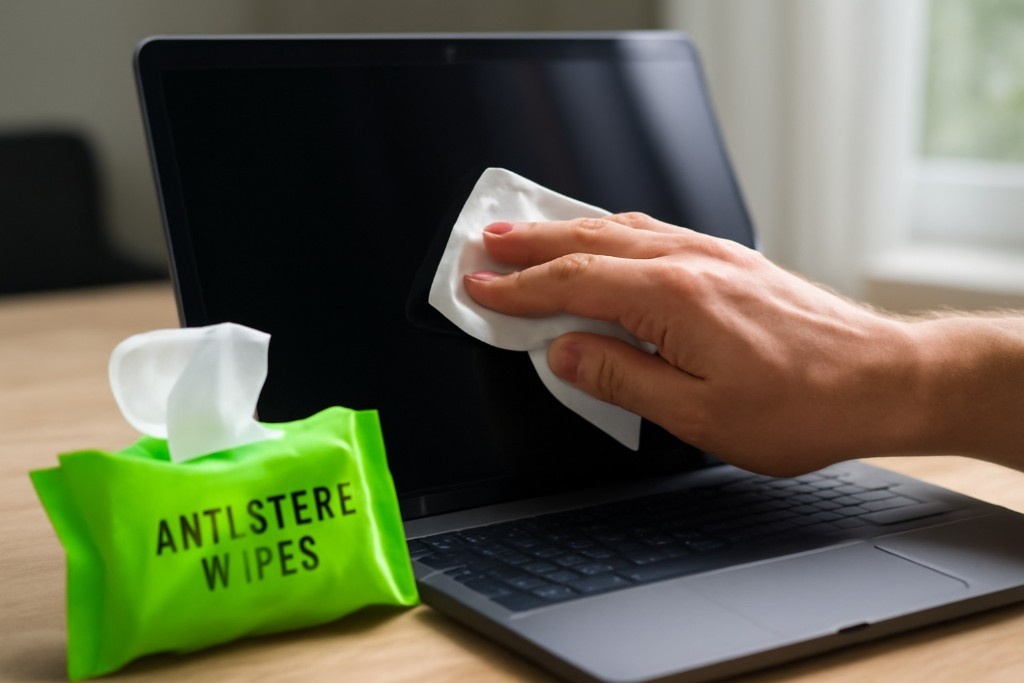
Anti-static wipes are a great tool for cleaning electronics screens, especially if you want to prevent static electricity from attracting dust. These wipes are specially designed to eliminate static charges that can make your screen more prone to dirt and dust accumulation.
By using an anti-static wipe, you not only clean the screen but also reduce future buildup. Simply wipe the screen gently with the wipe, following the manufacturer’s instructions. Anti-static wipes are an excellent option if you want to keep your screens cleaner for longer and reduce the need for frequent cleaning.
15. Store Devices in a Safe Place
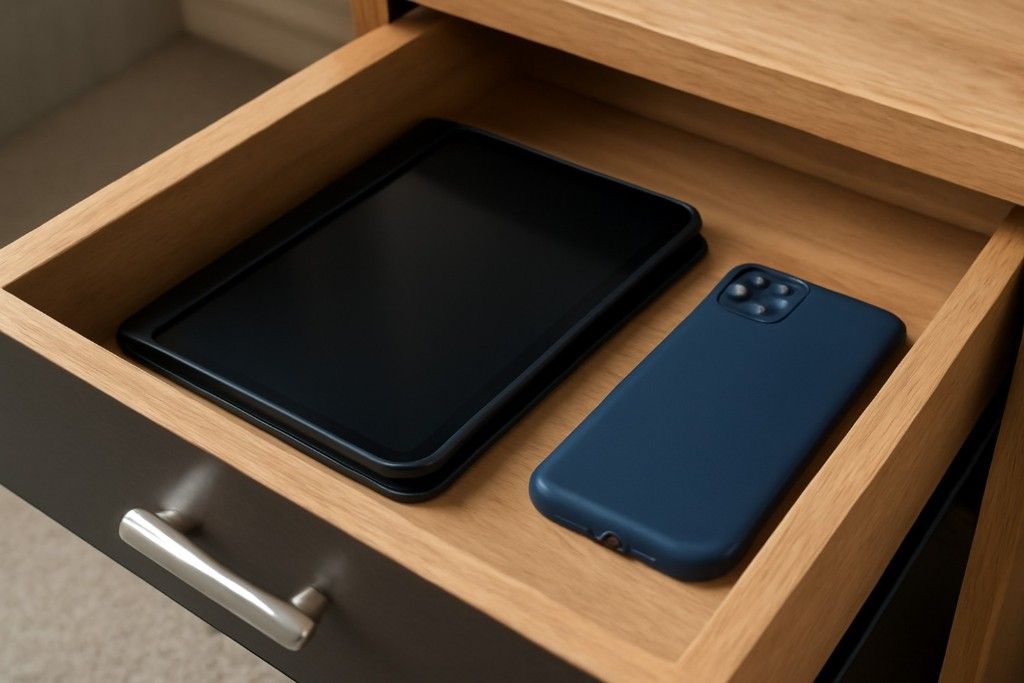
Proper storage of your electronics can prevent dust and dirt from accumulating on your screen in the first place. When not in use, store devices in protective cases, covers, or drawers to shield them from dust and accidental spills.
If you need to place a device on a surface, ensure it’s clean and free of debris that might scratch the screen. Keeping your electronics in a safe and clean place not only reduces the need for frequent cleaning but also helps protect them from damage, ensuring they remain in top condition for longer.

